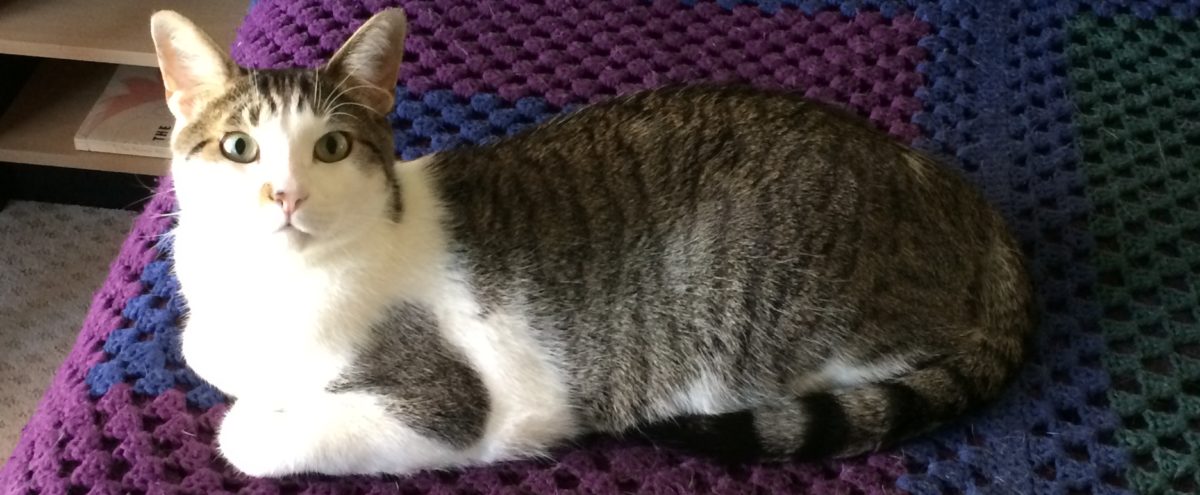I quite liked the first Hellboy film, which came out back in 2004. Despite a plot which didn’t make a lot of sense, it was stylish and funny and basically a satisfying action-adventure film. So I was enthusiastic about the sequel, Hellboy II: The Golden Army. I’d hoped that director Guillermo del Toro had learned through doing Pan’s Labyrinth to tell a better story and that Hellboy II would be a more serious, dramatic and sensical film than its predecessor.
My hope was completely misplaced, and I was quite disappointed in the film.
The film opens with a scene in the 1950s in which Hellboy’s father, Trevor Bruttenholm (John Hurt), tells the story of the Golden Army, an indestructible, unbeatable mechanical army created by goblins and controlled by elves to fight mankind, until the king of the elves was saddened by the bloodshed and came to a truce with humanity and agreed to put the Golden Army away forever. Unfortunately his son, Prince Nuada (Luke Goss), feels this has doomed the elves to eventual extinction, and embarks on a plan to gain the three pieces of the crown which can control the army, and awaken them and conquer the world.
In the present day, Hellboy (Ron Perlman) is living with Liz Sherman (Selma Blair), but their relationship is rocky at best. During a mission to clean up after an attack by Prince Nuada, Abe Sapien (Doug Jones) learns that Liz is pregnant, and Hellboy reveals his existence to the world, to the frustration of his boss, Tom Manning (Jeffrey Tambor). This causes the government to send the ectoplasmic Johann Krauss (voiced by Seth Macfarlane) to take control of the Bureau of Paranormal Research and Defense. The team goes to seek the mythical Troll Market, where they meet and rescue Prince Nuada’s twin sister Nuala (Anna Walton), who has the third piece of the crown, and whom Abe falls in love with. But Nuada tracks them down and critically wounds Hellboy, forcing the team to decide whether to deal with him or try to defeat him, even though they haven’t had much success so far. They end up going to confront him in Ireland at the resting place of the Golden Army.
It’s difficult to know where to begin with how badly this film goes wrong. Fundamentally, Hellboy is about two things: Modern unearthing and explorations of ancient mythical beings, and big monsters hitting each other. So while the myth of the Golden Army is a fine starting point, the sequence in which the team tries to fight off a horde of ravenous tooth fairies is just disgusting and no fun at all. Seeing people eaten alive is just gross, and I wish we could declare a moratorium on it in films like this. Yuck.
The romance between Hellboy and Liz, and also between Abe and Nuala, both are handled so heavy-handedly that they’re pretty painful to watch. There’s a scene in which Hellboy and Abe get drunk talking about women, and although it has a couple of funny lines, it really feels wrongheaded. Not to mention rather insulting to Liz, who’s mostly treated as a fifth wheel, even if she is one who can blow up a building with her mind.
Hellboy isn’t a very subtle character, but he acts so stupidly here from time to time that it’s hard to be sympathetic to him, and seeing Johann teach him a lesson seems well-deserved, but also quite a departure from the comic books, in which he has both brawn and brains. Del Toro tries awfully hard to show that Hellboy is more like the monsters he fights than the people he protects and that they’ll eventually turn on him, but again he beats us over the head with it – and then just sort of drops it in the latter part of the film – that it’s completely unconvincing. Johann experiences a sudden and unexplained change in attitude late in the film as well, which really makes no sense at all.
The best part of the film is the final sequence, which starts with them meeting a goblin who agrees to take them to the army and also find someone who can heal Hellboy – which turns out to be the Angel of Death. And then we have the confrontation with Nuada and the Army itself, and the Army is indeed very cool and badass, and the final fate of Nuada is also quite well done. Even before they got to the Angel I was thinking, “Gee, I want a lot more of this and a lot less of what we’ve been watching for the first 90 minutes.”
I think Del Toro really lost sight of what makes Hellboy interesting and fun, and tried way too hard to make some points about Hellboy’s unique situation and his relationship with Liz, and it all sunk quickly under the weight of its heavy-handedness. So rather than being an improvement on the first film, Hellboy II feels like a bit of an embarrassment. And a huge disappointment.




